Why we’re running it: It took Nissan 11 years to give us its second EV. Was it worth the wait?
Month 1 - Specs

Life with a Nissan Ariya: Month 1
Welcoming the Ariya to the fleet - 14 November 2023
James Hunt, Alan Jones, Gilles Villeneuve…and me. What do we have in common? No, you’re wrong. We have all conquered Spain’s Jarama racing circuit.
Admittedly when I drove around it I was behind the wheel of a Nissan Ariya complete with crumple zones, driving aids, airbags and air con. But still, nailed it.
You see, I went to the original launch of the Ariya, which was done at the San Sebastian circuit. As far as driving experiences, Jarama in an electric SUV was a weird one. I could certainly suss out the fundamentals of the car as well as what it’s like probably-not-quite-on the-limit-but-fairly-close-to-it (it’s about what you’d expect from a FWD SUV) but the billiard-smooth surfaces didn’t tell me much about what it’s like in the real-world.
What I'm getting at here - finally - is that I’m thrilled to be running one for a few months so I can experience what it’s like in real life. To see what it’s like to commute in, do long distances in and even, how it traverses the dizzying trail to Asda. Who knows, I may even pitch it against something from Nissan’s back catalogue.

Initial impressions? The ginger-on-black spaceship vibe is a look. It’s like Elon Musk tasked Mrs Hinch to create an autonomous personal delivery vehicle for the new inhabitants of Mars. I think the paint is a £1225 option most people would tick.

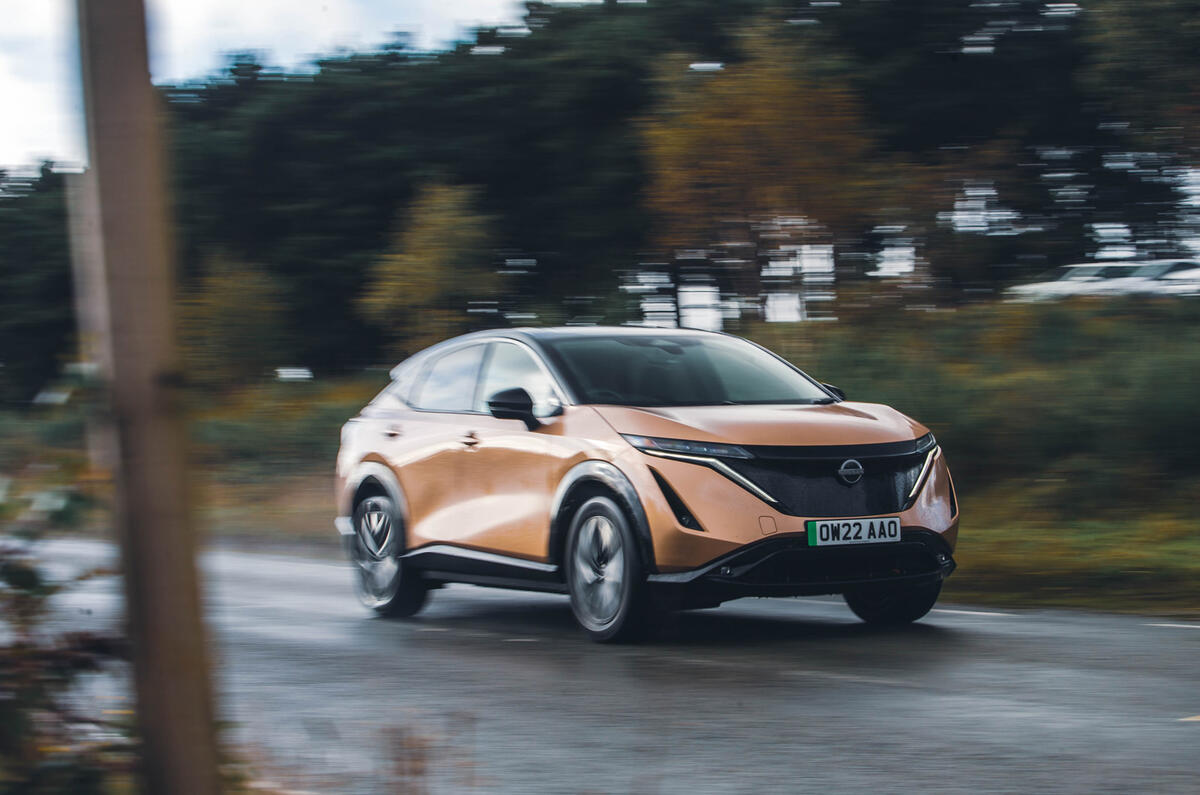

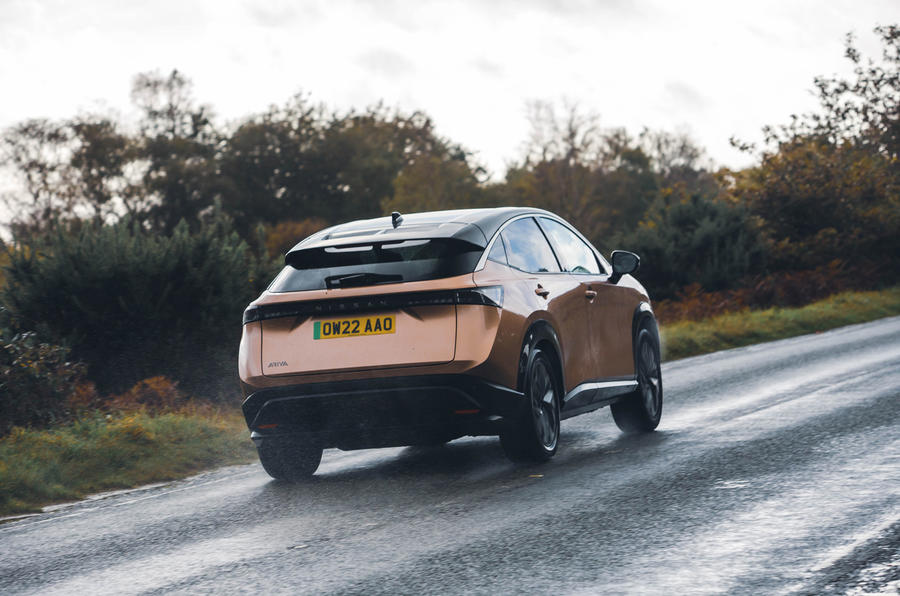

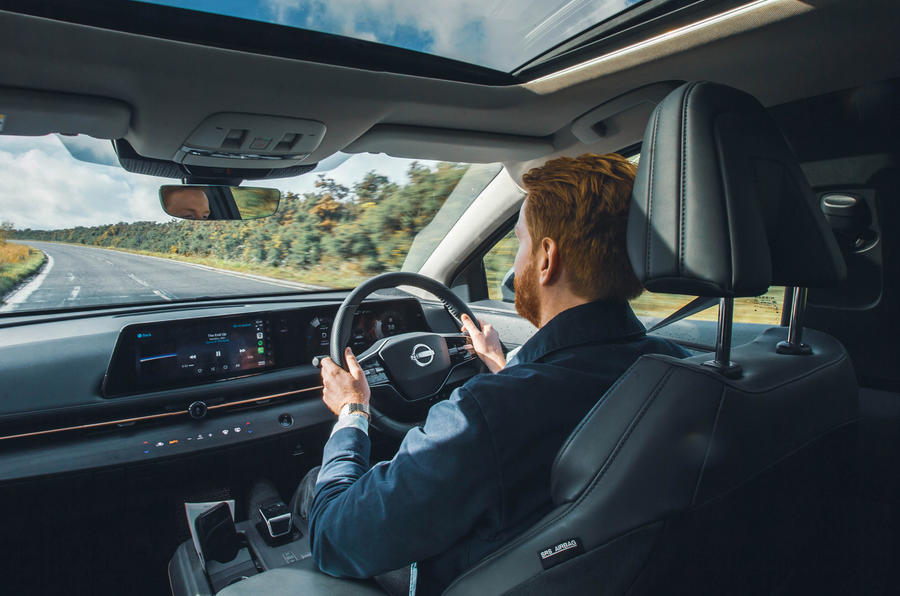
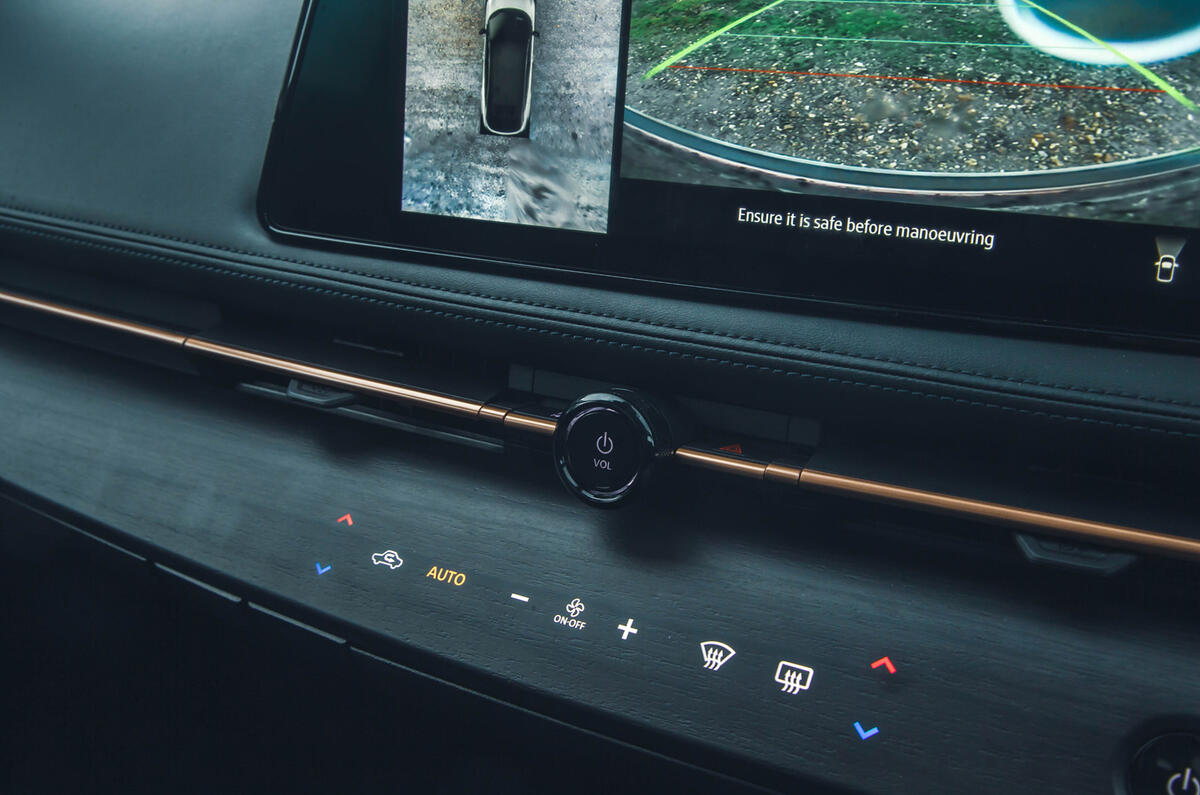

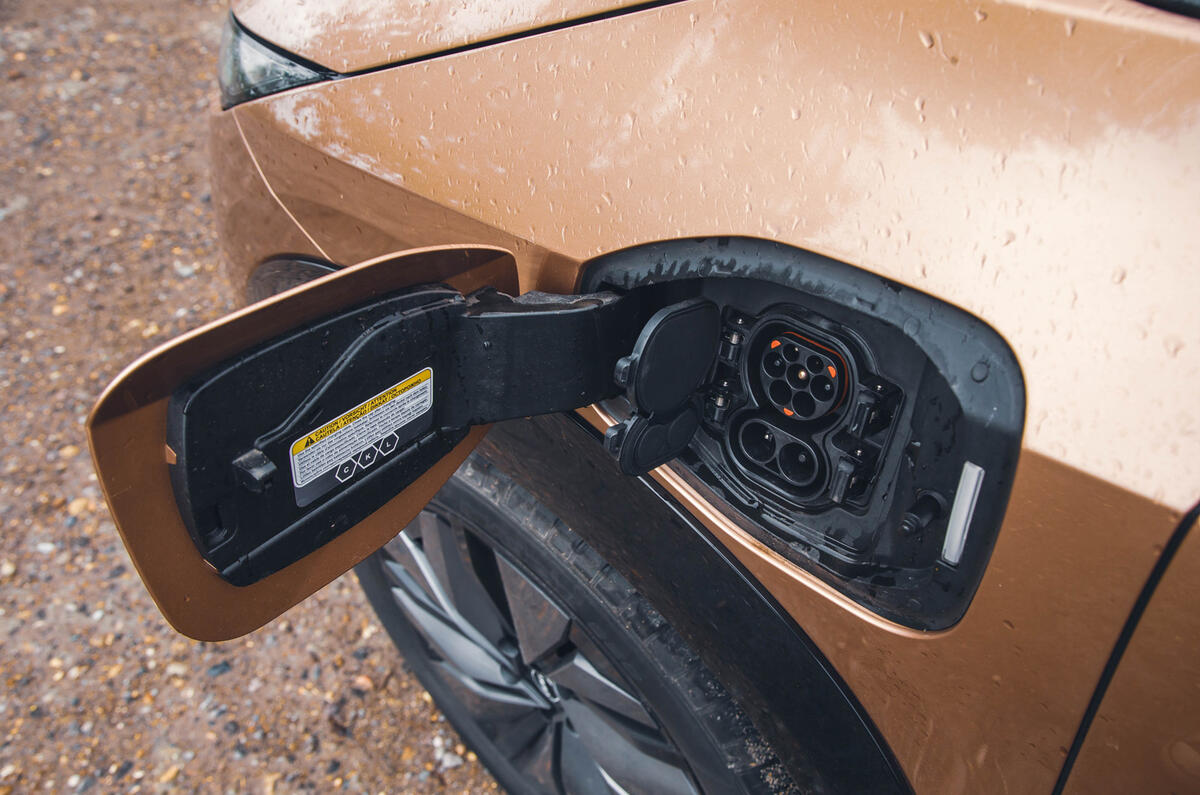
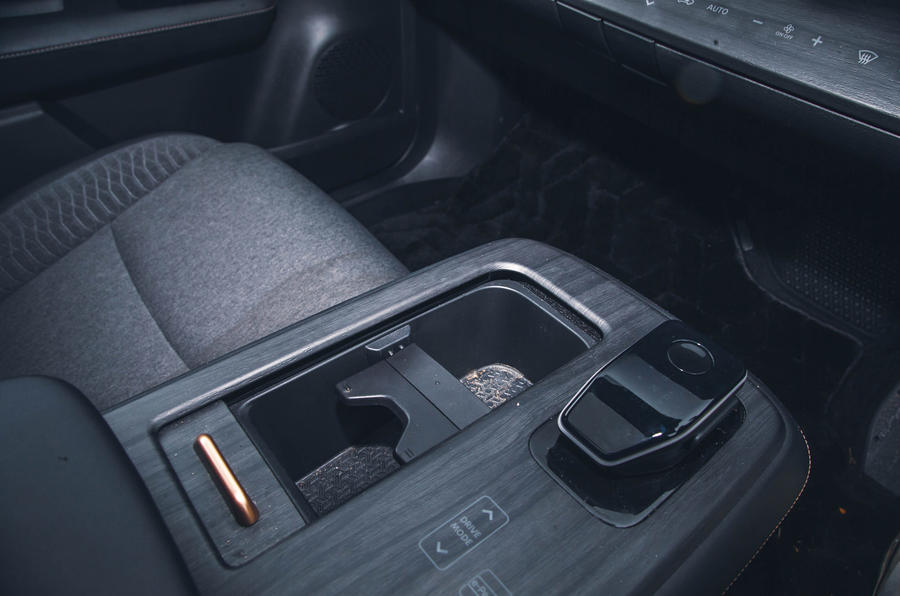
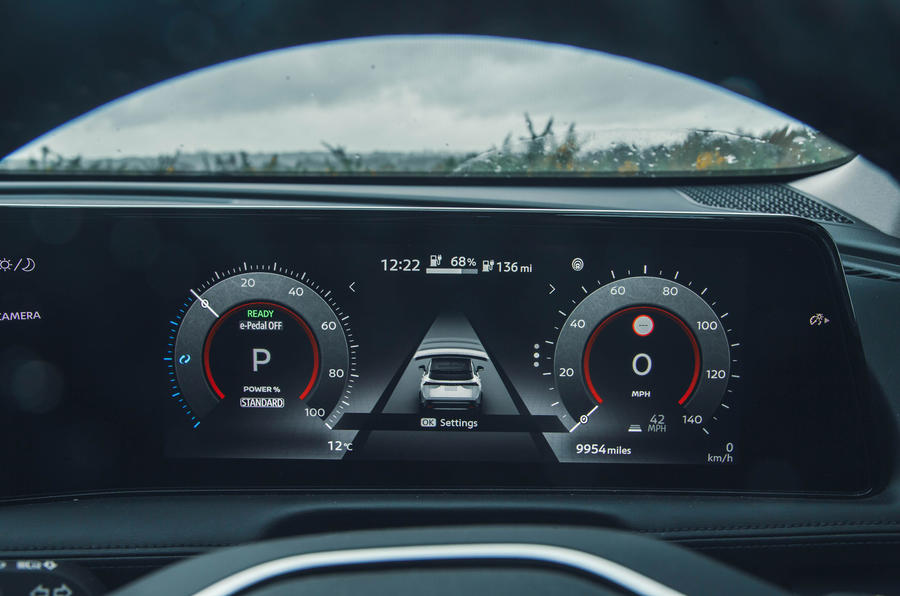
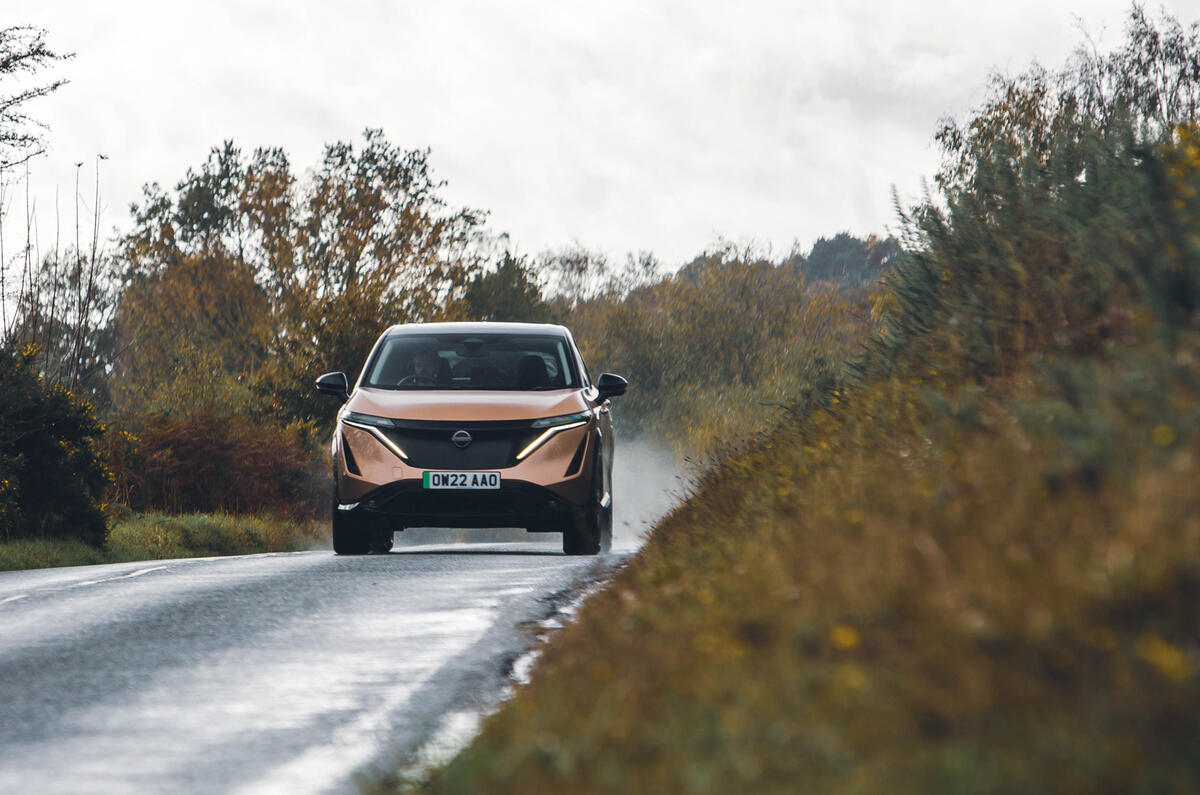
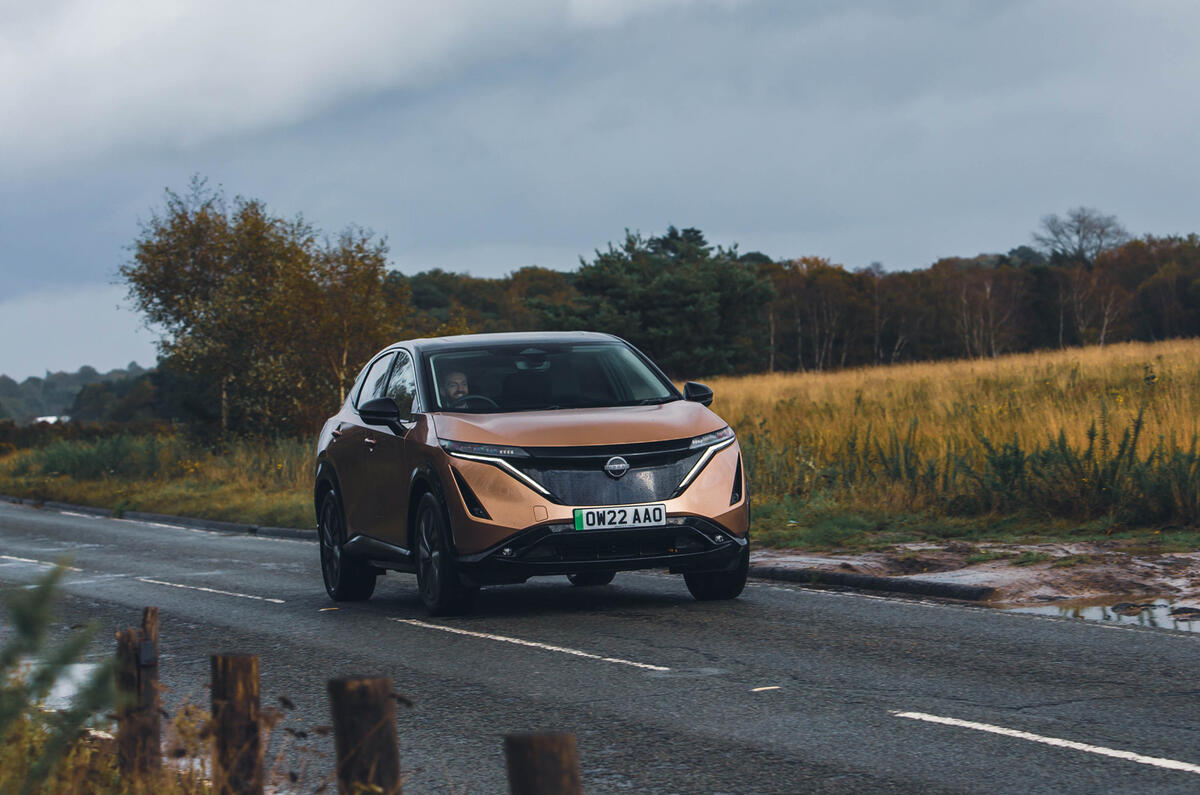
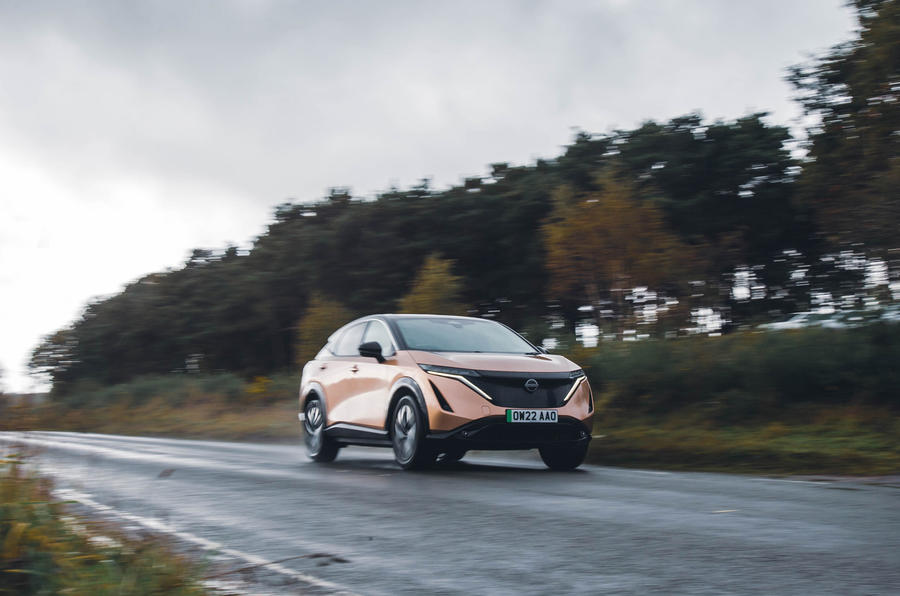


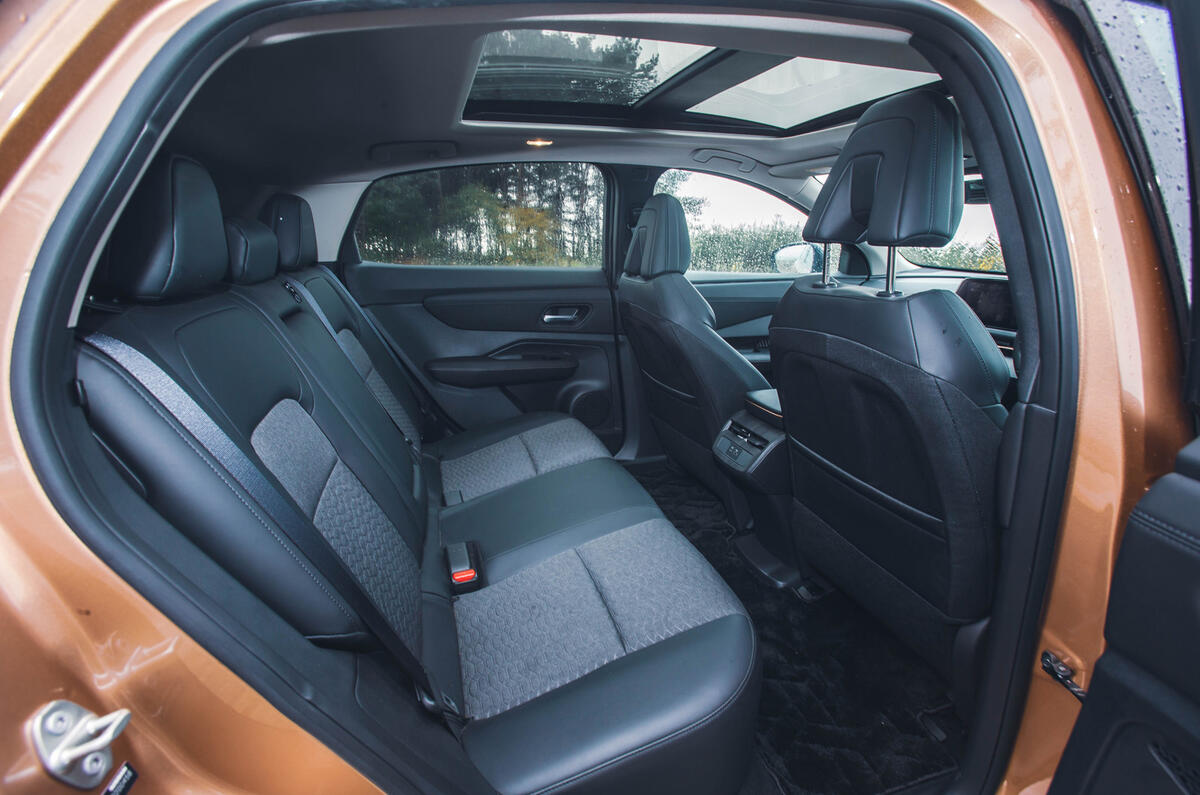
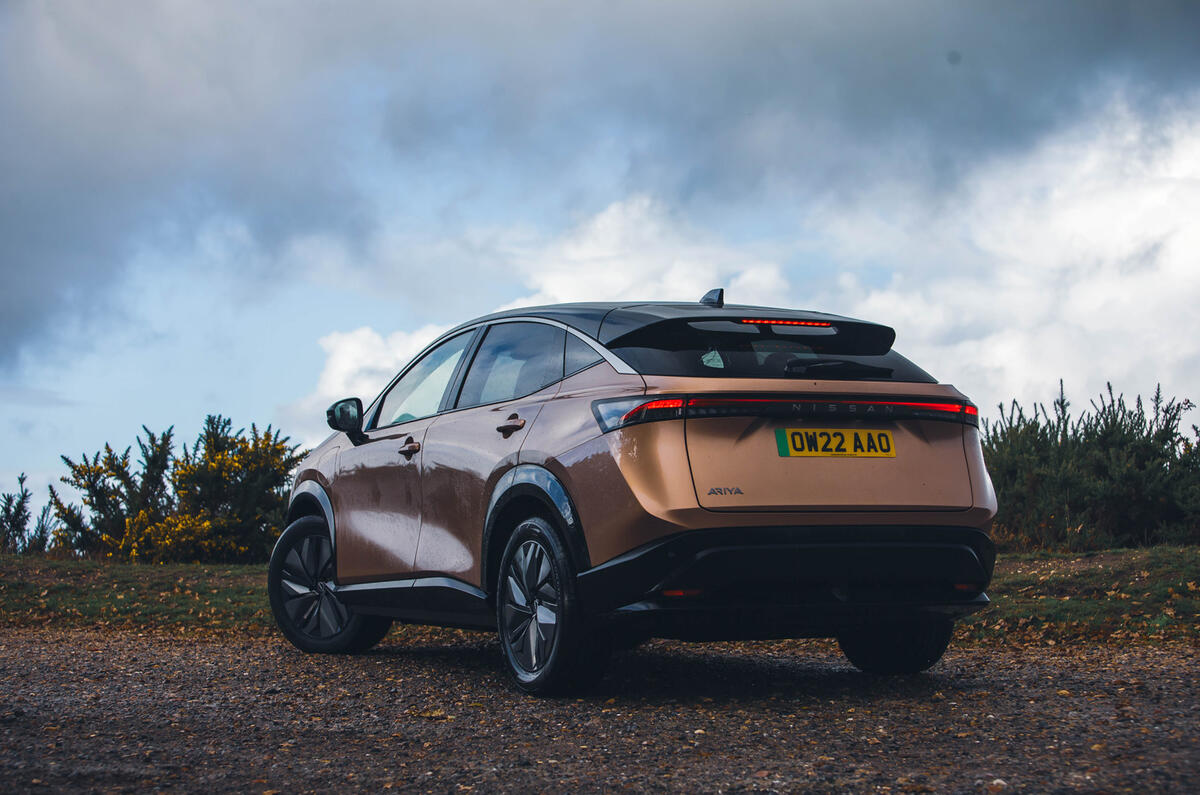
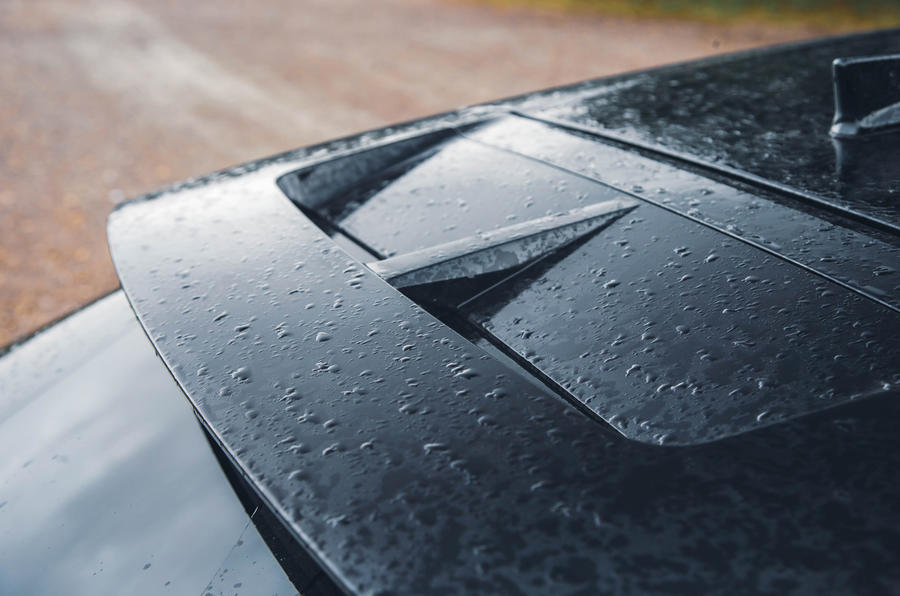
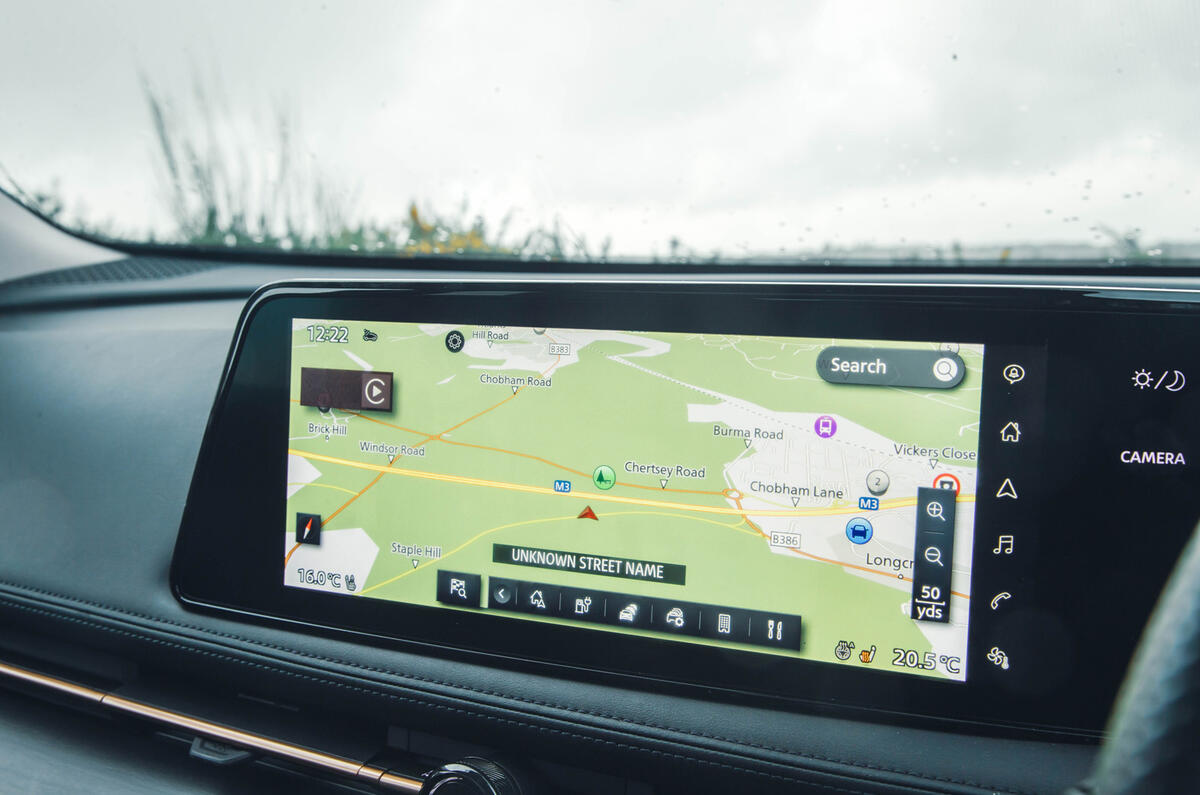
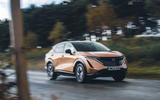
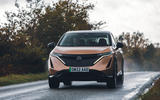
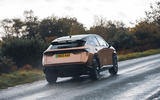
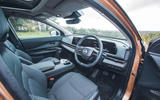

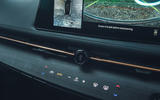

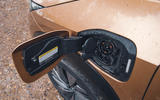
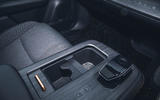
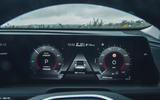
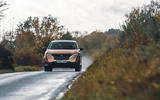

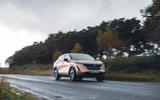
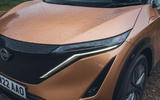
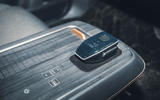
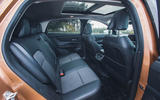
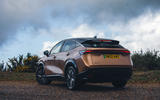

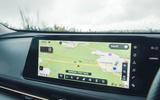




Add your comment